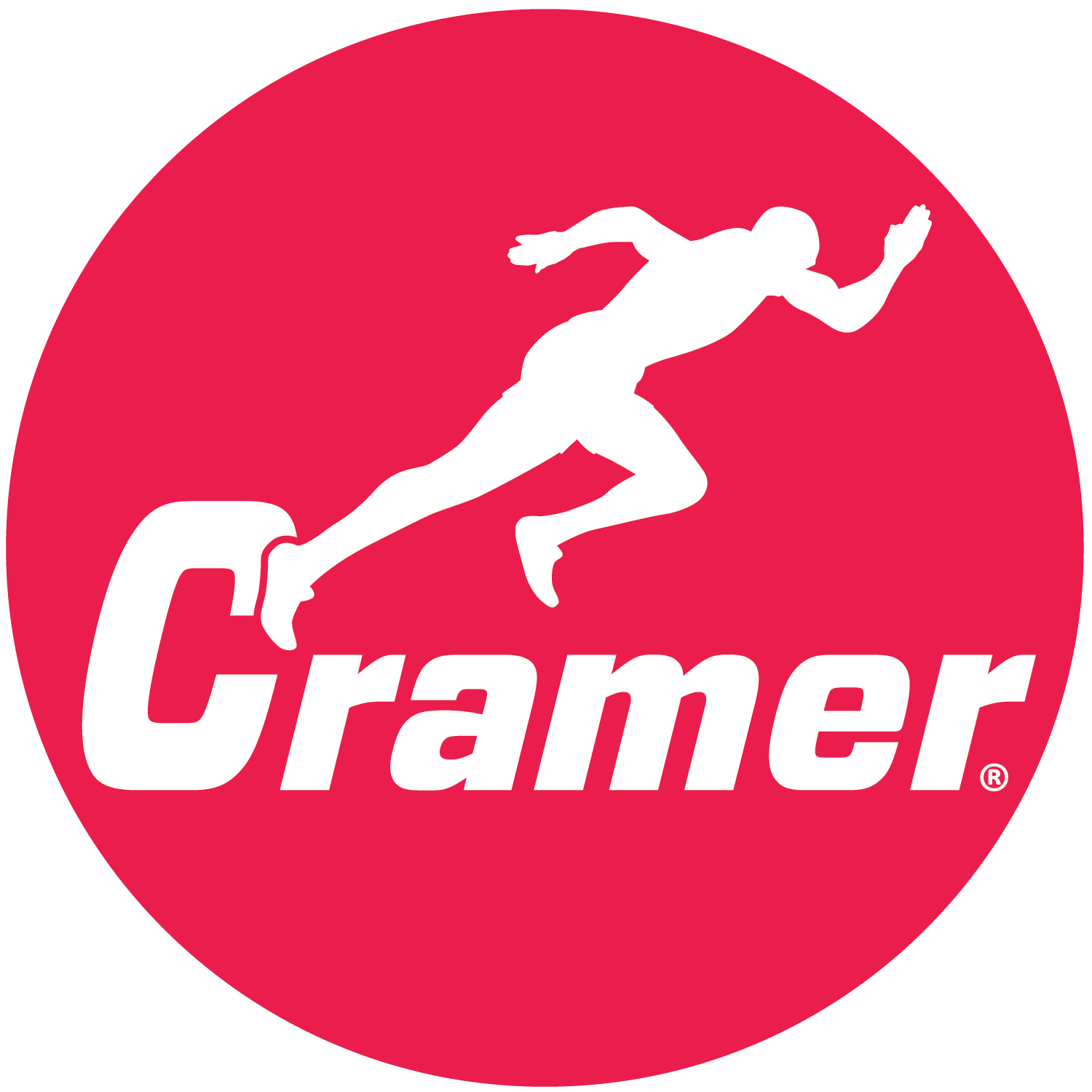
Many doctors recommend using hot and cold treatments for relieving the symptoms of arthritis and other conditions, such as stiffness and inflammation. It usually takes some trial and error to settle on which of these therapies works best for a particular individual, but by staying the course it is usually possible to find which combination of ice packs and hot packs works best at relieving the pain and making the condition easier to manage. Read More
During the initial one to three days following an injury, the blood vessels around the harmed tissues widen to increase the flow of blood, fluids, and nutrients to aid in healing. Increased blood flow can cause unharmed tissues around your injury to swell. Hot and cold therapy can be very helpful, but it is important for you to understand when to use a heat pack, and when to use an ice pack. Read More
